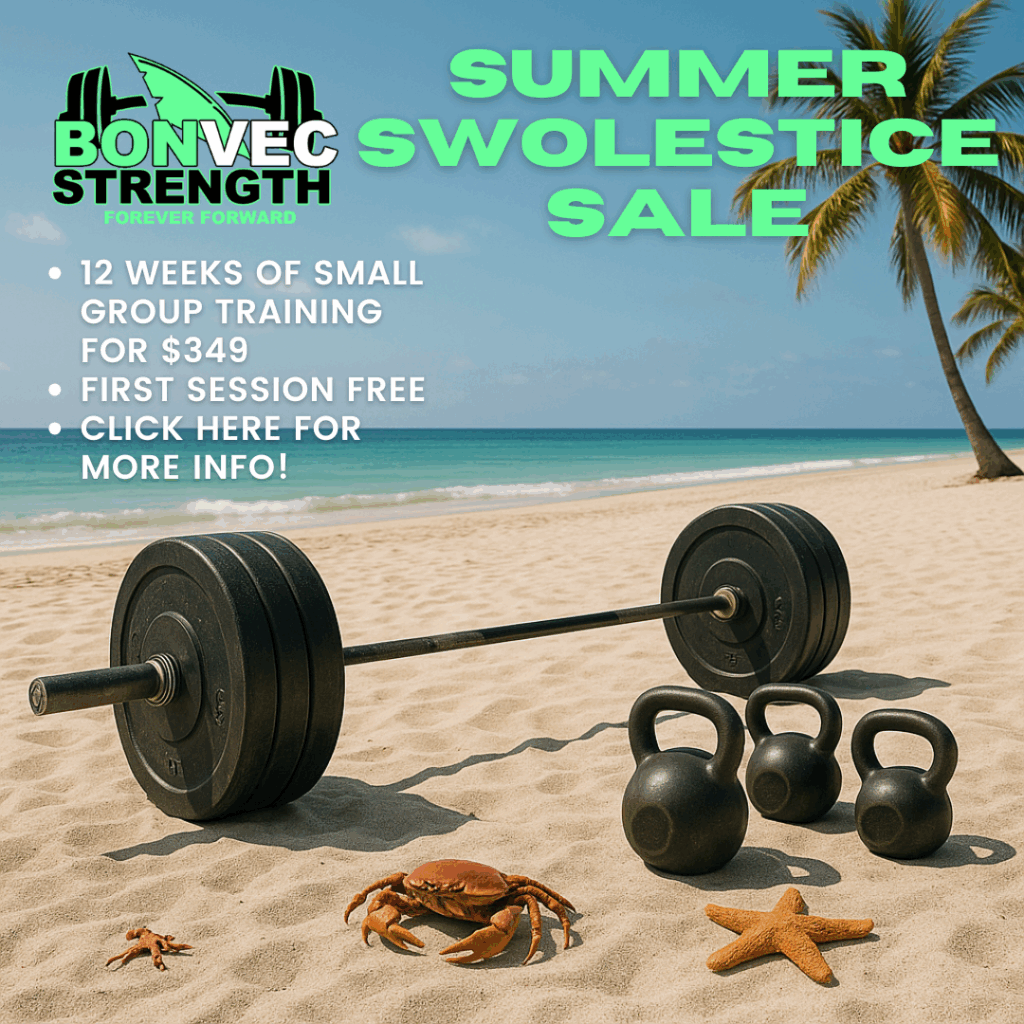Coaches and lifters love to argue over minutia and quibble over semantics. There’s probably some validity to every training method out there. And there’s probably some valid criticism for each one, too.
Some training methods, therapies and remedies probably don’t do much good, but don’t do any harm either. And if we can agree that the placebo effect is real, we can agree that there are some “useless” practices in fitness that may have a positive effect if the lifter believes it to be useful.
For example:
Foam Rolling
Foam rolling doesn’t break up scar tissue or make meaningful changes to fascia, but doesn’t have any negative side effects either. And most people will tell you they feel better afterward, even if they can’t quantify what “better” is.
The positive effects of foam rolling (primarily increased joint range of motion and decreased perception of soreness/pain) seem to be transient and dissipate quickly. Basically, if you don’t do SOMETHING with that increased range of motion, such as run, jump or lift weights, your body will go back to its pre-rolling baseline within 5-10 minutes. So the biggest drawback of foam rolling is perhaps wasted time if you roll for too long without moving on to a more productive activity.
Static Stretching
Static stretching has a pretty poor ROI (you have to do TONS of it to see semi-permanent improvements in flexibility), but unless you’re about to run the 40 yard dash at the NFL combine or you’re incredibly hypermobile, there’s no harm in it.
The classic gripe against static stretching is a decrease in explosive power. Sprinting, jumping and perhaps more ballistic lifts like snatches and cleans would be negatively effected. This makes sense because they’re highly elastic in nature, relying on the springy properties of tendons to aid our muscles in force production. Stretching for long periods of time down regulates some of that springy-ness.
However, much of the same research suggesting not to stretch before explosive activity also shows that the negative effects are mitigated if you simply follow up your stretching with a more dynamic activity, such as dynamic stretching (mobility drills, marching, skipping, etc.), before moving on to your explosive activity. That seems to be the order of operations in most well-designed warm-ups anyway: static stretch, dynamic stretch, then ramp up the speed and intensity of movements to prepare for the workout. So as long as you don’t stretch your hamstring for 5 minutes directly before running an important race or stepping on the platform for a PR attempt clean and jerk, you’re probably fine.
And to be clear, hypermobile people (individuals with excessive joint range of motion, such as hyperextension in knees/elbows, ability to put palms flat on the floor when trying to touch their toes, etc.) could potentially irritate joints and nerves with excessive static stretching. Hypermobility is often effectively managed with intelligent strength training because it provides stability to loosey-goosey joints (technical terms) and gives the lifter better positional awareness when their joints approach end range.
The majority of the training programs I write begin with some sort of static stretching disguised as a breathing drill, with a focus on full inhalation through the nose and exhalation through the mouth. This creates context for bracing under heavy loads, and can increase awareness of how to best use our abdominals to increase range of motion at our hips and shoulders.
Ice/Cold Therapy
Icing sore muscles and achy joints won’t do a damn thing for the healing process, but it dulls pain in the moment with no significant negative effects.
I’ve written pretty extensively in the past lobbying against the use of ice and cold therapy for recovery. While it physiologically doesn’t make sense (it delays the healing process a bit), I’ve softened my stance on its use because I’ve realized that momentary pain relief is worth its weight in gold for most of the athletes and lifters I work with. Most of us don’t have to turn around after an injury and immediately compete in a high-stakes event, so delaying the healing process a bit isn’t too consequential.
Here are a few articles I’ve written if you want to dive deeper into what actually happens when you use ice or cold therapy:
Shoulder Pitchers Use Ice After Throwing to Prevent Shoulder Injuries? (via Yahoo Sports)
New Study Reports Heat Beats Ice for Recovery (via MyFitnessPal)
The Truth About Ice for Muscle Recovery (via MapMyRun)
Strength of the Mind
The mind is a powerful thing. If you think something works, it probably does. So if it makes you feel good and you can’t definitively say it’s bad, do it.

